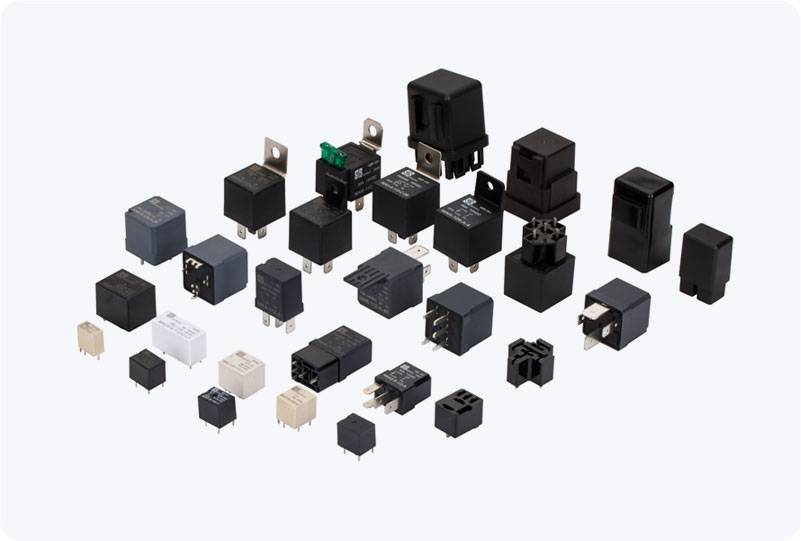In the rapidly evolving world of the Internet of Things (IoT), ensuring efficient and reliable communication while minimizing power consumption has become a paramount challenge. The proliferation of battery-powered devices, coupled with the need for constant connectivity, has led to the development of innovative solutions like Low Power Communication Relay (LPCR). This technology plays a pivotal role in extending the reach of wireless communication networks, while addressing the power limitations inherent in IoT devices. By understanding the principles and applications of LPCR, we can unlock the potential of low-power, long-range communication networks for a variety of industries, from smart cities to environmental monitoring.

What is Low Power Communication Relay? Low Power Communication Relay is a technique used to enable communication between devices with minimal energy consumption, typically by relaying data from one device to another through intermediate nodes. The primary goal of LPCR is to enhance the communication range of low-power devices while extending their battery life. The devices in an LPCR network operate on low-power wireless communication protocols, such as LoRa, Zigbee, or Bluetooth Low Energy (BLE). These protocols are designed to facilitate communication in environments where traditional power-hungry systems might not be feasible or practical.